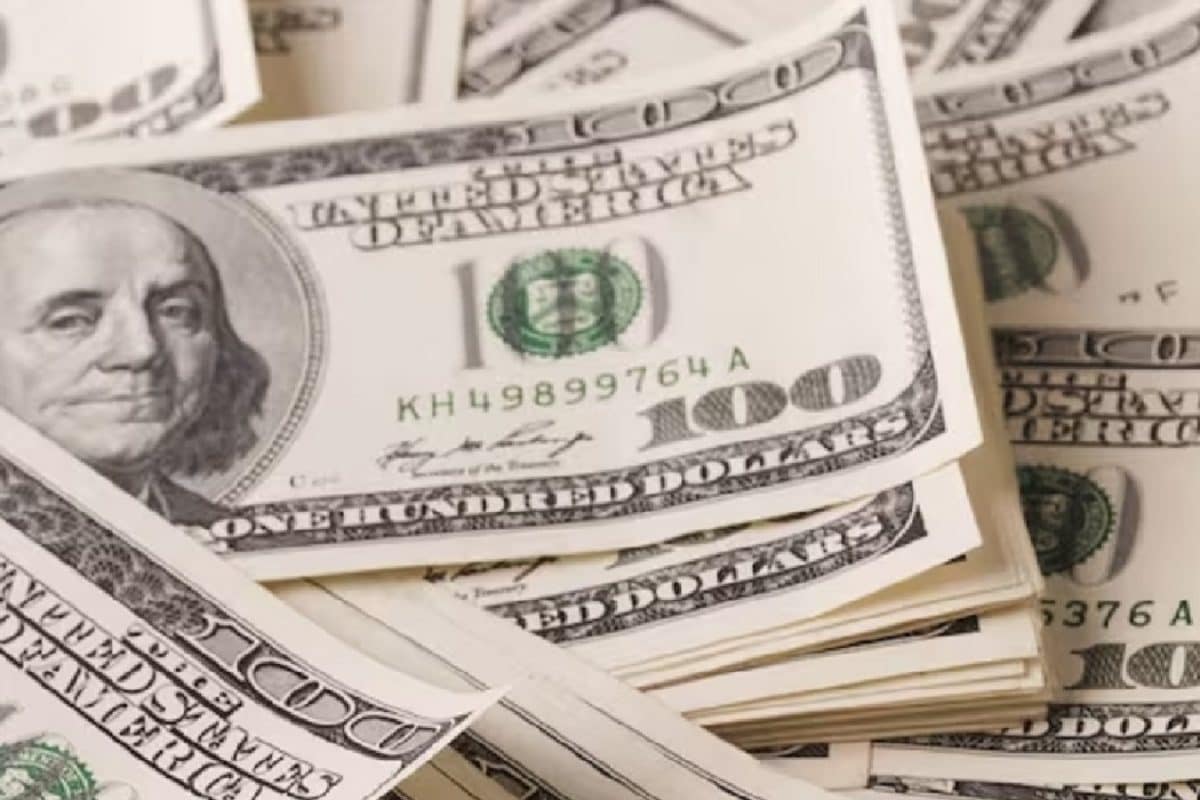

India's foreign exchange reserves have seen a significant boost, climbing by $4.5 billion to reach $690.61 billion. This surge is primarily attributed to a rise in the value of gold assets held by the Reserve Bank of India (RBI).
Breakdown of the Increase
The increase in the overall forex reserves can be attributed to multiple factors. The major contributor was an increase in foreign currency assets, which are a significant component of the total reserves. These assets rose by $2.17 billion, reaching approximately $580.6 billion. Furthermore, Special Drawing Rights (SDRs) also contributed, increasing by $21 million to $18.59 billion. India's position in the International Monetary Fund (IMF) also saw a positive change, increasing by $2 million to $4.51 billion.
Role of Gold Reserves
A substantial part of this increase is due to the rising value of gold reserves. As of January 2025, India's gold reserves were reported at $70.893 billion, which is an increase from $66.148 billion in December 2024. The RBI has been actively increasing its gold reserves as a strategy to diversify its foreign exchange holdings and to hedge against inflation and currency value changes.
The central bank's total gold holdings reached 879.59 metric tonnes by March 2025. Of this, 511.99 metric tonnes are stored within India, while 348.62 metric tonnes are held in the custody of the Bank of England and the Bank for International Settlements (BIS). Additionally, 18.98 metric tonnes are maintained as gold deposits. The proportion of gold in India's total foreign exchange reserves has increased, rising from 9.32% at the end of September 2024 to approximately 11.70% by March 2025.
RBI's Strategy and Global Context
The RBI has been a net buyer of gold in recent years. In fiscal year 2024-2025, it purchased 57.5 tonnes of gold, marking the second-highest annual buying since 2017. This proactive approach aligns with a global trend where central banks are increasing their gold acquisitions in response to heightened geopolitical risks and international tensions. This also reflects a move to get back gold to India that gained momentum following the Russia-Ukraine conflict in February 2022.
Significance of Forex Reserves
Forex reserves serve as a critical buffer against economic shocks, helping to stabilize the currency and manage inflation. They are also seen as an indicator of overall economic stability and fundamental strength. A comfortable level of reserves provides India with the ability to meet its external obligations and manage exchange rate volatility. The increase in forex reserves also signifies resilience in the external sector, despite ongoing global economic uncertainties.
Historical Context and Future Outlook
India's forex reserves touched an all-time high of $704.885 billion in September 2024. While there have been fluctuations, the general trend has been positive, supported by a combination of foreign currency inflows, strategic gold purchases, and effective reserve management by the RBI. The RBI's strategic shift towards domestic storage of gold, with the repatriation of 214 tonnes since September 2022, further strengthens India's position amidst global instability.